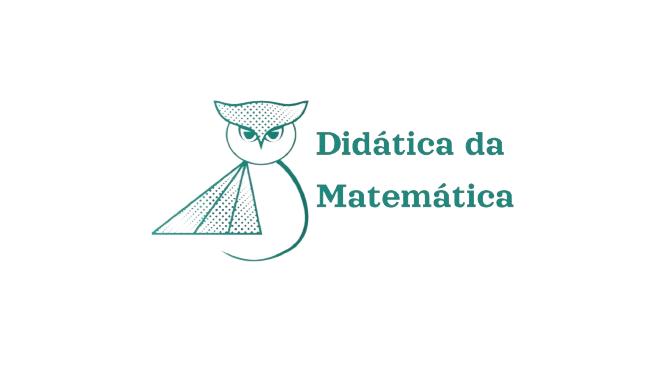Pessoas e instituições são objetos. Na TAD, um objeto é tudo o que existe para (pelo menos) uma pessoa x ou uma posição institucional p. Dada uma pessoa xe um o , a relação de xa o , a relação da pessoa por R (x, o ), o conjunto de pessoal o denota de qualquer tipo entre xe . Pode ser que R (x, o ) = ∅. Nesse caso, dizemos que “ o não existe para a pessoa x” ou que “x não conhece o objeto o ”. Se, ao contrário, R (x, o ) ≠ ∅, o objeto o existe para x, ex conhece o, mesmo que de forma minimalista. As mesmas se definem ao substituir a pessoa x por uma carga institucional (I, p). A relação de p para o é ajudando denotada por RI (p, o ). Temos ou RI (p, o ) = ∅ ou RI (p, o ) ≠ ∅. Dizemos que a posição institucional p não conhece ou, pelo contrário, conhece o objeto o , e que o não existe ou existe para p.
Texto original
Cognition. Persons and institutions are objects. ln the ATD, an object is anything that exists for (at least) a person x or an institutional position p. Given a person x and an object o, the personal relation of x to o, denoted by R(x, o), the set of links of any kind between x and o. lt may be that R(x, o) =∅. ln this case, we say that “o does not exist for the person x” or that “x does not know the object o”. lf, on the contrary, R(x, o)=∅, the object o exists for x, and x knows o, even if in a minimalist way. The same definitions apply when replacing the person x with an institutional position (I, p). The relation of p to o is traditionally denoted by RI(p, o). We have either RI (p, o) = ∅ or RI (p, o) ≠ ∅. We say that the institutional position p does not know or on the contrary, knows the object o, and as well that o does not exist or exists for p
Referências
BOSCH, M.; CHEVALLARD, Y. A short (and somewhat subjective) glossary of the ATD. In: BOSCH, M.; CHEVALLARD, Y.; GARCÍA, F. J.; MONAGHAN, J. (Org.). Working whith the Anthropological Theory of the Didatic in Mathematics Eduction: a comprehensive casebook. London and New York. Routledge: Taylor & Francis Group, p. 19-38, 2020.
